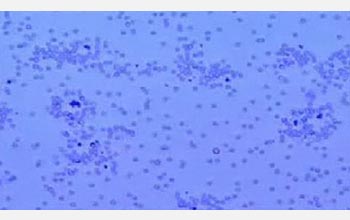 |
|
|||
|
|
||||
|
|
Press Release 09-080 - Video Real-time predator-prey behavior of silica spheres towards UV-illuminated silver chloride.
|
|
|||||||
| Web Policies and Important Links | | | Privacy | | | FOIA | | | Help | | | Contact NSF | | | Contact Webmaster | | | SiteMap |
|
The National Science Foundation, 4201 Wilson Boulevard, Arlington, Virginia 22230, USA Tel: (703) 292-5111, FIRS: (800) 877-8339 | TDD: (800) 281-8749 |
|
|
Last Updated: Apr 29, 2009 |
|||


